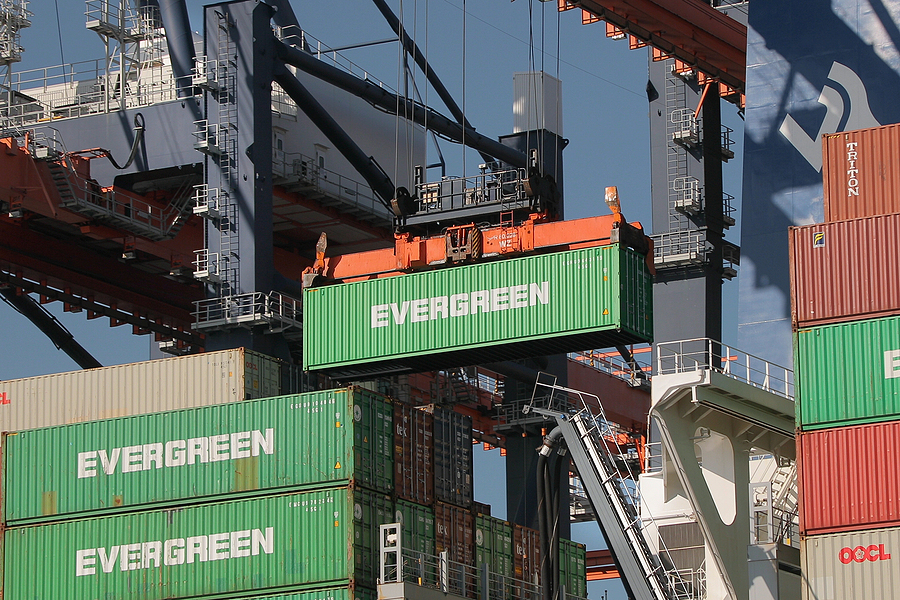
26 May What is Considered Safe Protocol With Container Unloading Exercises?
Businesses who are situated somewhere along the supply chain recognise that container unloading exercises are those duties that should be simple to manage but costly to fail at.
There is too much risk associated for those enterprises that are moving cargo from point A to point B, creating systems where each party understands their duty and appreciates the downsides of poor practice if there is a lack of diligence on their behalf.
From those drivers and warehouse staff to the personnel charged with tracking and reporting on the movement of goods, everyone has a role to play for the sake of the organisation.
We will discuss in detail what is considered a safe protocol for those industries, irrespective of their size or their position inside the supply chain.
Right Resources & Equipment
Safe protocol is not difficult to attain with container unloading exercises if the business invests in the right resources and equipment for their members. With the aid of a workable forklift, straps, spikes, hard hats, gloves, goggles and lights, specialist teams have the potential to do the heavy lifting without placing themselves or the stock in danger.
Safe Travel Routes
It is paramount that couriers and shipments undertake safe travel routes if they are going to manage container unloading exercises securely. Those vehicles that venture across uneven terrain and compromised roads are the ones that can budge pallets loose before an accident is waiting to happen at the unloading phase of the process.
Trained Professional Members
The proposition of container unloading exercises becomes risky when businesses have individuals who are not trained, certified and licensed to undertake those duties. This is a level of investment that the brand has to make in their people rather than a last minute proposition in case a third party comes to investigate for insurance purposes.
Informed Professional Members
It is one benefit to have professionals who are licensed and trained in the right measures, but for these unloading practices to be considered safe, all participants need to be made aware of the contents of the cargo. From heavy materials to light and vulnerable goods that require a light touch, this type of awareness will help to inform the behaviours of staff members during their duties.
Even Unloading Terrain
The placement of the vehicle is a central consideration when assessing the safety and security of container unloading exercises for operators. Whether it is concrete, grass, gravel, sandstone, clay or anything else for that matter, the terrain has to provide an even footing to ensure that no slippage can occur given various weather patterns.
Stepping Away From The Door
The one practical tip which will be reminded to people who engage container unloading exercises is to be vacant from the door when they are prized open. This is 101 for warehouse staff and couriers alike, avoiding the possibility that loose cargo can slip out and create an accident from the outset.
Process Oversight
It is essential that staff members have a representative on hand who can guide each individual to their role, taking a wider lens perspective on the entire process from beginning to end. Such a protocol requires leadership from commercial members as they designate key tasks for each party, ensuring that the communication and understanding remains in sync.
Commercial outlets who follow strict measures with container unloading exercises are doing their part for their members. Every participant who arrives on site has to be trained, certified and made aware about the nature of the contents. Should the brand create a healthy business culture that is accountable and transparent, then these types of tasks won’t be considered much of a challenge.


Sorry, the comment form is closed at this time.